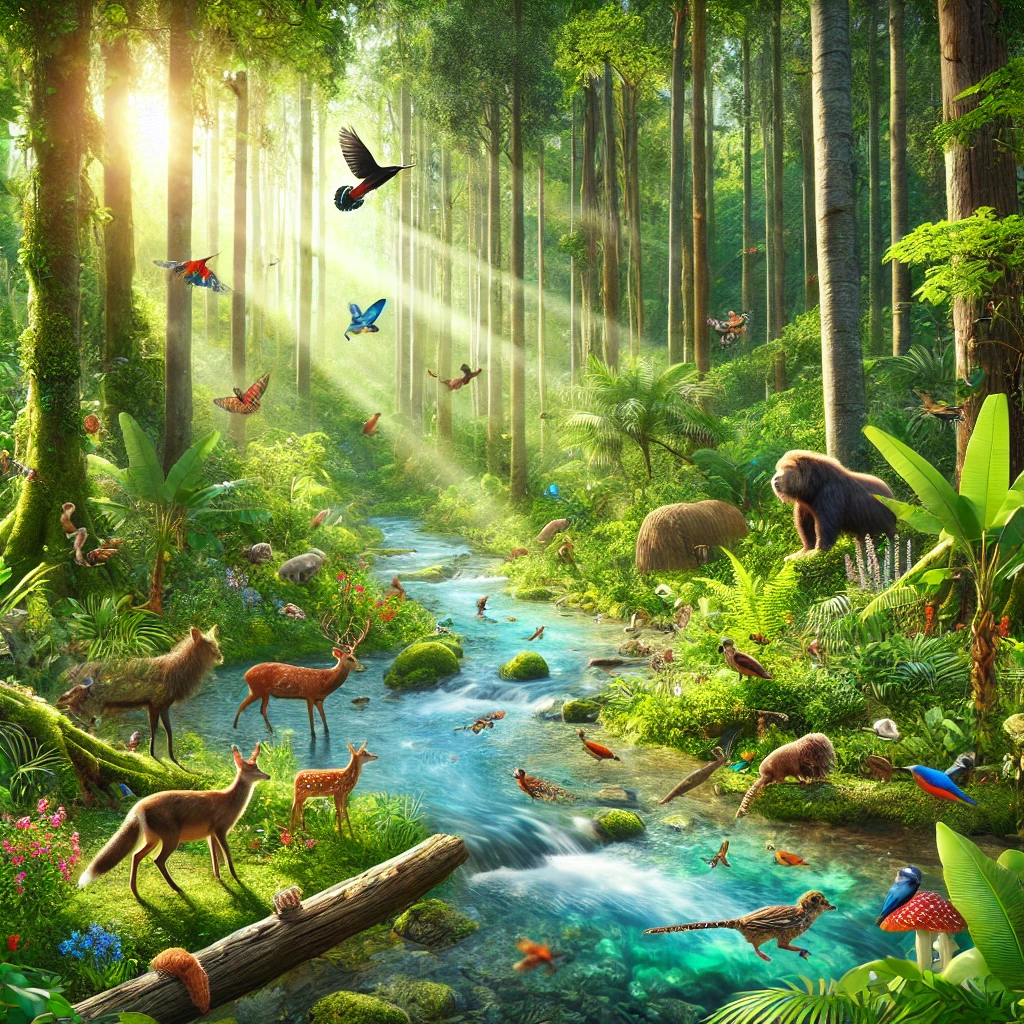Forests are often called the “lungs of the Earth,” but their importance extends far beyond oxygen production. These vibrant ecosystems are critical to sustaining life on our planet, serving as a home for countless species, regulating climate, and supporting human livelihoods. Below, we explore the profound significance of forest ecosystems and how their preservation can lead to a healthier planet.
Biodiversity Hotspots
Forests are among the most biodiverse ecosystems on Earth. Tropical rainforests, for example, house over 80% of terrestrial species, including plants, animals, fungi, and microorganisms. Each species plays a vital role in maintaining ecological balance. Loss of these habitats could result in irreparable damage to global biodiversity.
Climate Regulation
Forests act as natural carbon sinks, absorbing vast amounts of carbon dioxide (CO2) and mitigating climate change. They also influence local and global weather patterns through processes like transpiration, where water vapor from trees helps form clouds and maintain rainfall patterns.
Key Contributions to Climate Regulation:
Carbon Sequestration: Forests absorb approximately 2.6 billion tons of CO2 annually.
Temperature Control: Tree canopies provide shade, reducing ground temperatures and combating the urban heat island effect.
Water Cycle Maintenance
Forests play a critical role in the hydrological cycle. They facilitate groundwater recharge, reduce soil erosion, and regulate river flows. Healthy forests ensure clean water supplies for millions of people and countless species.
Example:
The Amazon rainforest generates up to 50% of its own rainfall, demonstrating the cyclical relationship between forests and water availability.
Economic and Cultural Significance
Forests are vital for human survival and prosperity. They provide timber, medicinal plants, and non-timber products like fruits, nuts, and latex. Additionally, forests hold cultural and spiritual significance for indigenous and local communities.

Threats to Forest Ecosystems
Despite their importance, forests face numerous threats, including:
Deforestation: Driven by agriculture, logging, and infrastructure development.
Climate Change: Rising temperatures and altered weather patterns.
Illegal Activities: Poaching, logging, and unsustainable harvesting.
How to Protect Forest Ecosystems
Individual Actions:
Reduce paper and wood consumption.
Support reforestation projects.
Promote sustainable tourism.
Policy Initiatives:
Strengthen protected area networks.
Encourage sustainable forestry practices.
Invest in renewable energy to reduce the need for biomass fuels.
Forest ecosystems are invaluable to life on Earth. Their preservation is not merely an environmental concern but a necessity for global well-being. As individuals, communities, and nations, we must work together to safeguard these vital ecosystems for future generations.
For more insights into forest conservation, check out this informative video:

